World of Apu, The (1959)
“Living itself brings fulfillment and joy.”
|
Synopsis: |
|
Genres, Themes, Actors, and Directors:
Response to Peary’s Review: Of course, “as in most of Ray’s films, there will be great tragedy, reflection, guilt, and, ultimately an affirmation of life,” which circles back once again to the grounding anchor of nature. Peary writes that while this “beautiful film has [a] familiar plotline” (I disagree), “Ray presents everything in unique ways” and the “final shot… is the perfect reward for us having gone through so much suffering with Apu in Pather Panchali, Aparajito, and this film.” He points out that “Ray has been criticized for failing to give a clear picture of the changing India,” but counters that “here we see industrialization, get a quick view of a picket line, hear of strike-breaking, get a glimpse of a decrepit school where no education is possible and the back room of a factory where workers waste their lives ‘labeling’ for slave wages.” Peary concludes his review by noting that “even if this isn’t a social document, it manages to give us insight into people (men and women, children) that few filmmakers have been able to match” — and “for viewers, there aren’t many films that are as emotionally rewarding as the Apu films.” I fully agree. Although I find Pather Panchali (Ray’s debut film) to be the most magical of the trilogy, this one is a close second given its mature depiction of love, heartbreak, and compromise. Young Aparna is stunningly beautiful: … and she and Chatterjee make a fine couple; her willingness to leave behind a life of relative leisure with servants to follow her unknown husband to his ramshackle apartment speaks volumes about her loyalty and character. We fully understand the depth of Chatterjee’s grief when tragedy strikes, and are grateful that Ray allows us to experience the relentless impact of this as it hits Chatterjee over a period of days, weeks, and years. While this film’s storyline (based once again on a novel by Bibhutibhushan Bandyopadhyay) is far from easy, we know we’ll be rewarded by authenticity and genuine pathos. Notable Performances, Qualities, and Moments:
Must See? Categories
(Listed in 1001 Movies You Must See Before You Die) Links: |
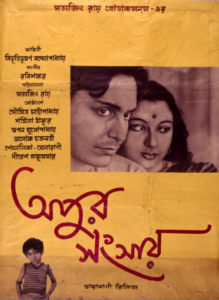
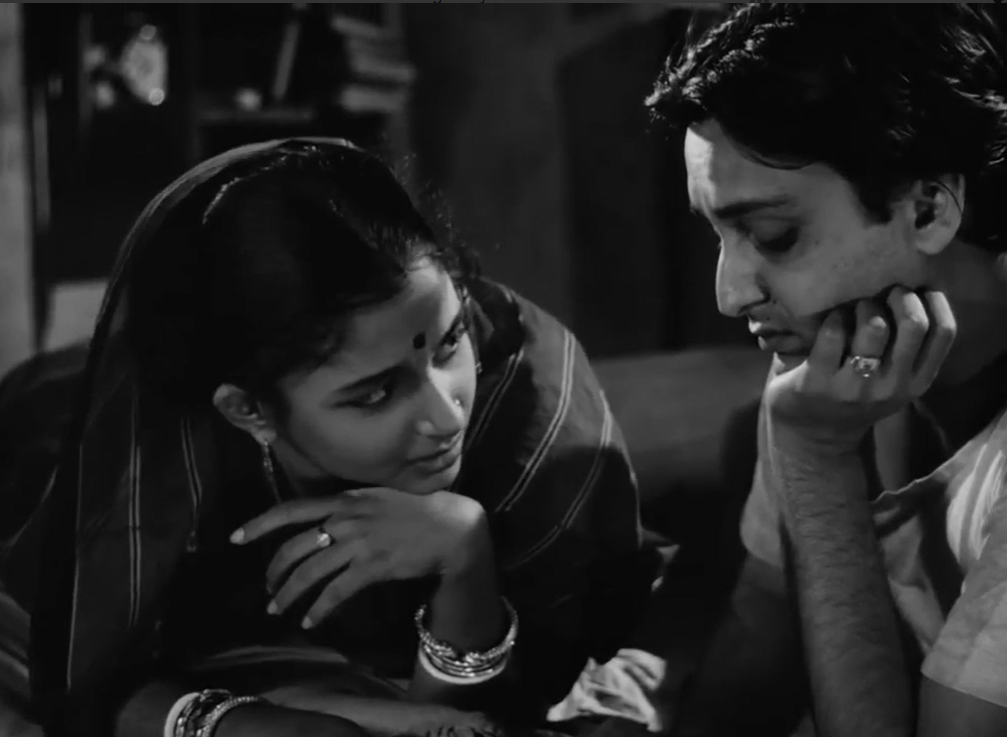

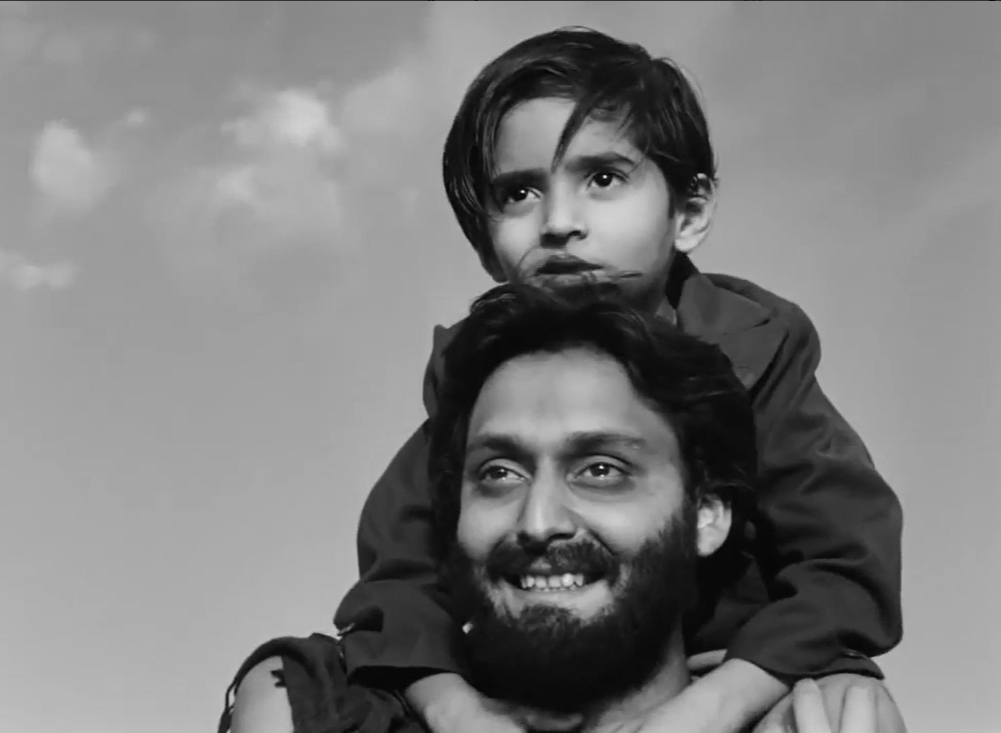
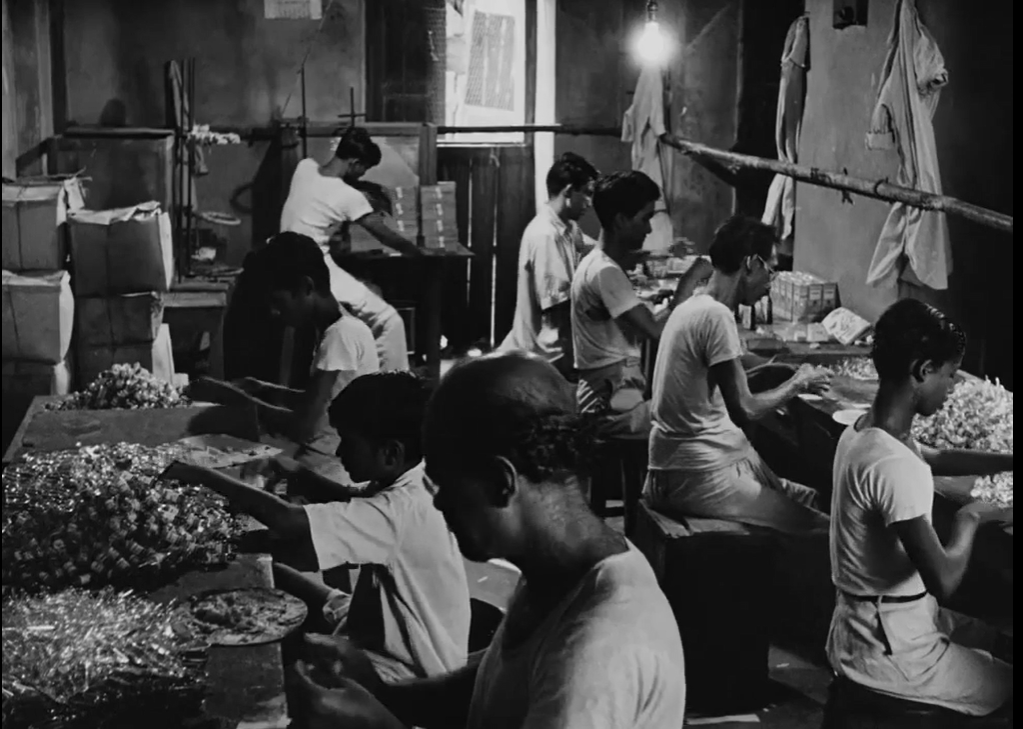
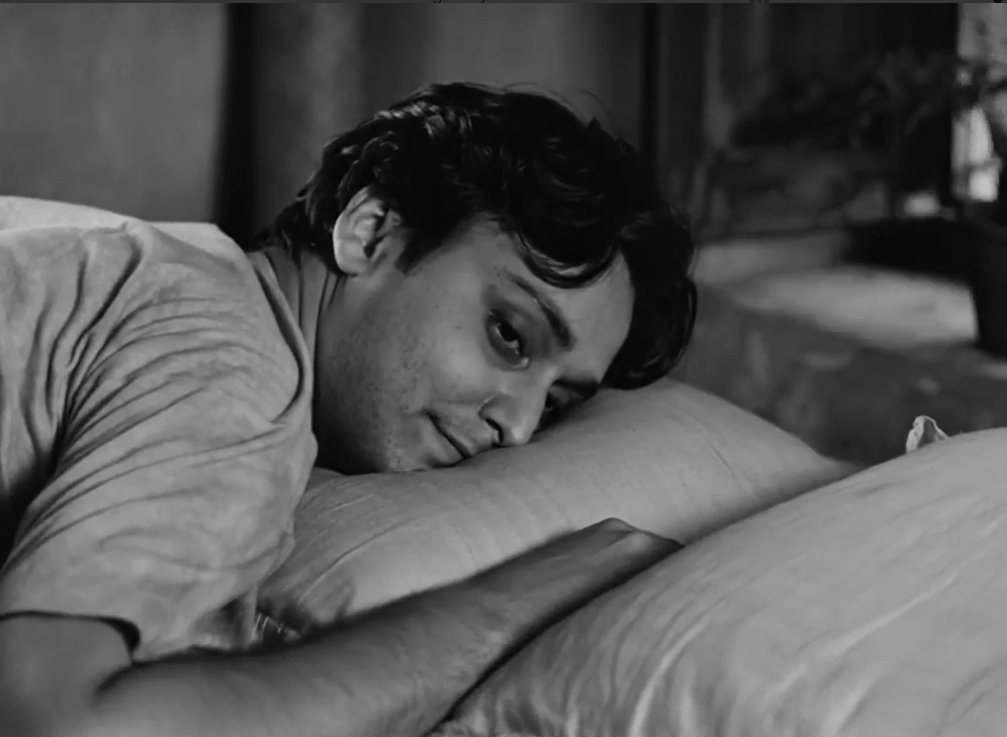
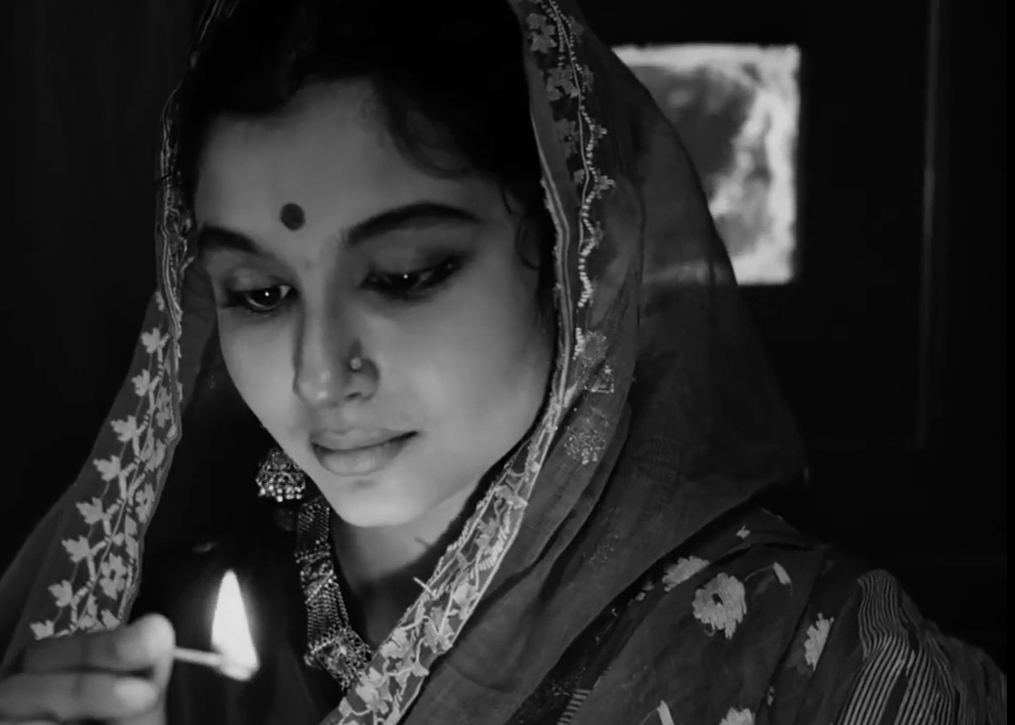
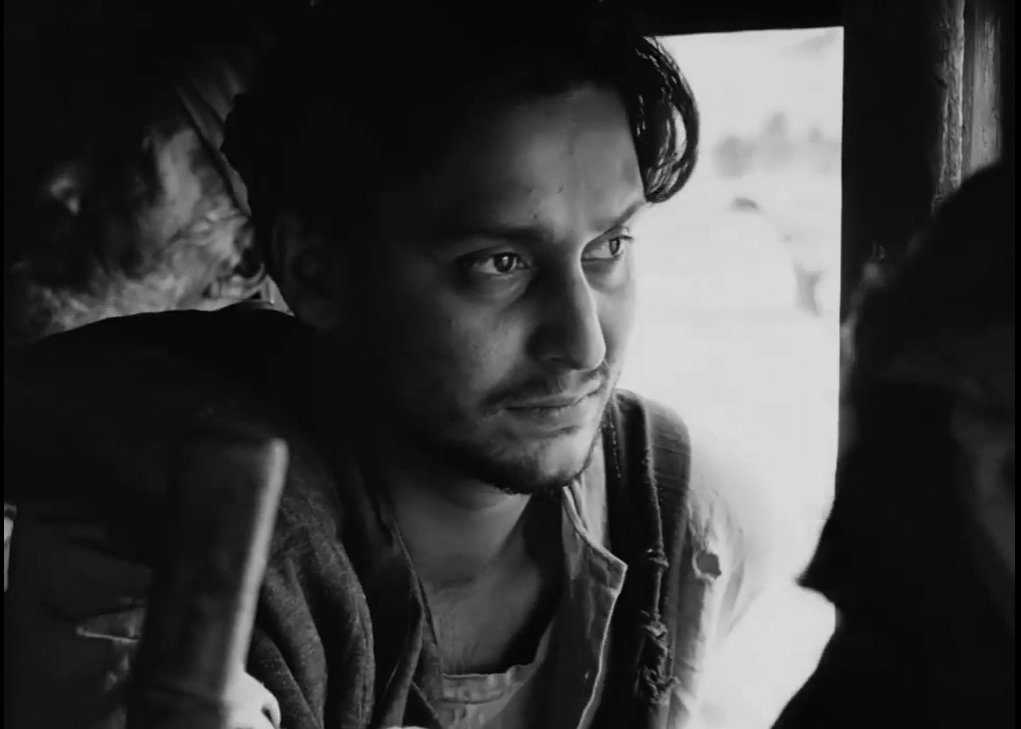

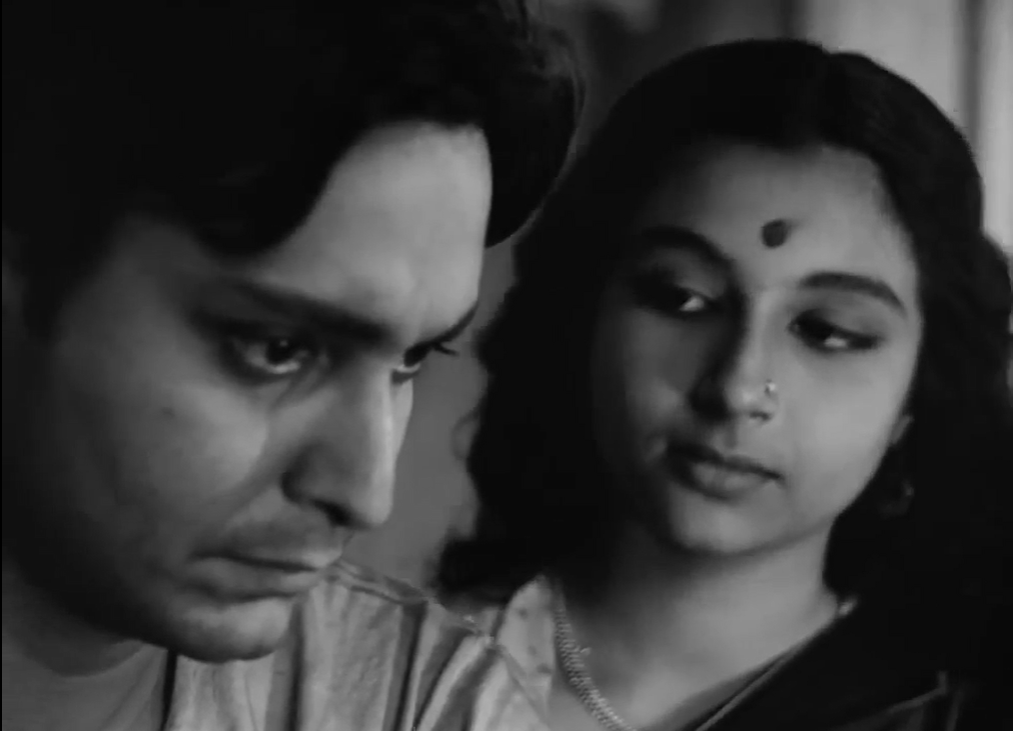
One thought on “World of Apu, The (1959)”
(Rewatch 1/1/22.)
A once-must, at least – as a satisfying conclusion to Ray’s trilogy.
Multi-award-winning, as the previous two films were – but, of course, awards alone do not equal “must-see”. In this case, it does for all three films.
‘World’ once again reveals Ray’s continuing growth as a filmmaker, and though all three films are view-worthy, ‘World’ may be the most engaging of the 3. One could hardly call it “action-packed” but it does pass for that.
It’s interesting to note grown-up Apu’s remarks about why he embraced the continuance of his education – in part to help in “shedding superstitions” (implying though not stating how deeply Apu intends to question his own culture and beliefs). As well, there’s a sequence in which Apu takes his wife to the movies and they watch a very traditional-style Indian film; there’s the suggestion of how far Ray himself would have to move in stretching the limits of India’s cinema history.
Perhaps the most fascinating aspect of Part 3 is the depiction of Apu’s marriage – among the oddest of wedding situations on film… though it leads to an almost-endearing arrangement (marred only slightly by Apu’s wife’s youthful jealousy).
Composer Shankar also continues in making his music score an enriching addition.
The trilogy remains a unique film experience and should be seen be all film fanatics.